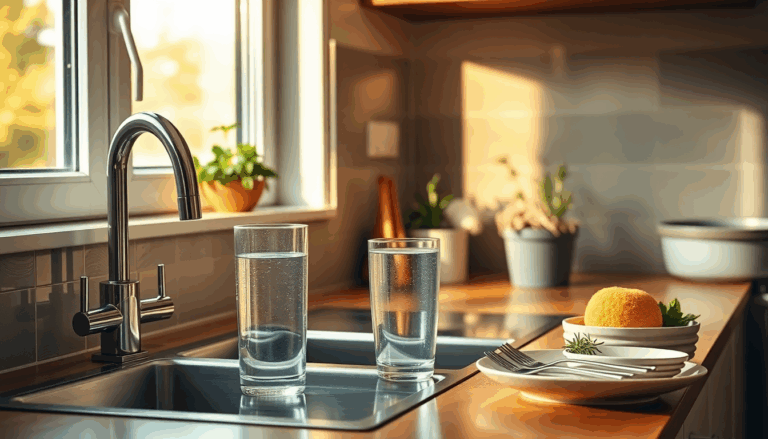Water is a vital resource for life, yet its significance often gets overlooked in our daily routines. Even with oceans surrounding us, the freshwater we can use for drinking and sanitation is surprisingly limited. This reality pushes us to rethink how we manage our water resources sustainably. For instance,
in Italy, the average person consumes about 215 liters of water each day—substantially more than the World Health Organization’s recommendation of 50-100 liters. To add to this concern, a staggering 42% of the water meant for us is lost due to leaks and inefficiencies before it even reaches our taps. So, why not view water wastage not just as an environmental challenge but as a pressing economic issue as well?
Daily habits that affect water consumption
Have you
ever thought about how your daily habits impact your water usage? Take washing the dishes, for example. If you rinse them under a continuous stream, you could waste 60-70 liters each time! On the flip side, using a basin filled with soapy water can significantly cut down that number. Organizing your dishes by how dirty they are can help keep the water cleaner for longer, too.
And here’s a nifty tip: why not reuse pasta cooking water, which is packed with starch, to help wash your dishes? This clever trick can make a real difference in conserving water.
Your dishwasher can also be a powerful ally in saving water, provided you use it wisely. With its Eco program, it consumes just 9 liters per cycle—much less than the 60 liters that manual washing can take. Running your dishwasher at full capacity could save you around 15,000 liters of water a year! Plus, paying attention to the washing programs and temperatures not only slashes water use but also saves energy. Who knew that small daily choices could lead to such significant savings?
Water-saving strategies in personal hygiene
Did you know that the personal hygiene sector accounts for a whopping 39% of domestic water consumption? A traditional showerhead can release as much as 12 liters per minute! By limiting your shower time or opting for water-saving showerheads that cut the flow to 7-9 liters per minute, you can make a big impact. For context, a quick shower uses around 50 liters, while a full bath can easily go over 150 liters. Why not challenge yourself to take shorter showers from now on?
Another major player in water usage is the toilet, which is responsible for about 20% of domestic water use. Installing a dual-flush system that lets you choose between 3 or 6 liters per flush is a smart choice. When you consider how many times a day you flush, the savings can really add up! Simple habits, like turning off the tap while brushing your teeth or lathering your hands, can further cut down on waste. Just how much do you think you could save with a few mindful changes?
Maintenance and efficiency to reduce waste
Proper maintenance of your plumbing and appliances is crucial for maximizing efficiency and minimizing waste. For example, hard water can damage heating elements and pipes, which leads to longer heating times and higher energy bills. By implementing softening systems and keeping up with regular maintenance, you can ensure your equipment stays in great shape and lasts longer. Have you ever calculated the costs associated with simple leaks?
Leaks often fly under the radar but can be a massive source of waste. A dripping faucet can waste up to 1,500 liters a year! One easy way to spot hidden leaks is by checking your water meter when you’re not using any water. Additionally, flow restrictors can reduce water flow by 30-50% without sacrificing comfort. Consider some simple daily habits, like turning off the tap while brushing your teeth or watering plants during the cooler parts of the day. Collecting rainwater for irrigation is another excellent way to conserve water.
A sustainable future through efficient water use
In conclusion, nearly 60% of household water is used for personal hygiene and toilets, while only about 1% is actually consumed. This observation invites us to reflect on how much potable water we use for tasks that don’t necessarily require such high purity levels. Embracing alternatives like gray water reuse and rainwater harvesting represents a tangible opportunity for more sustainable water resource management. Are you ready to join the movement for a more sustainable future?

